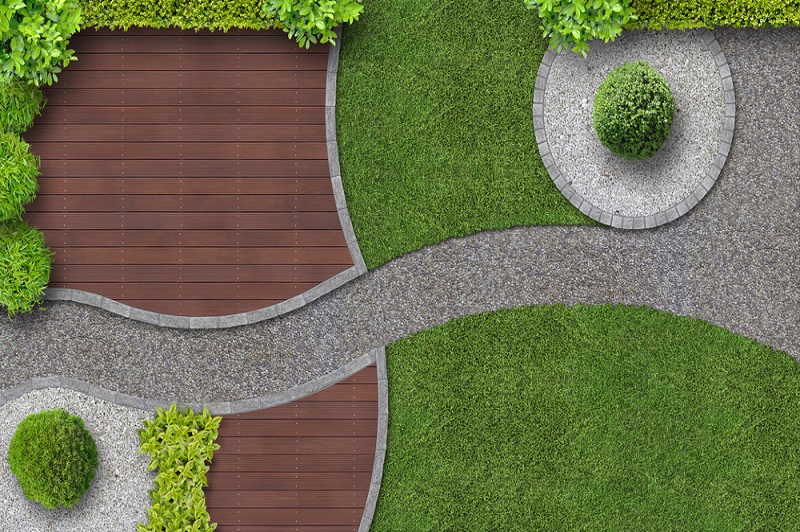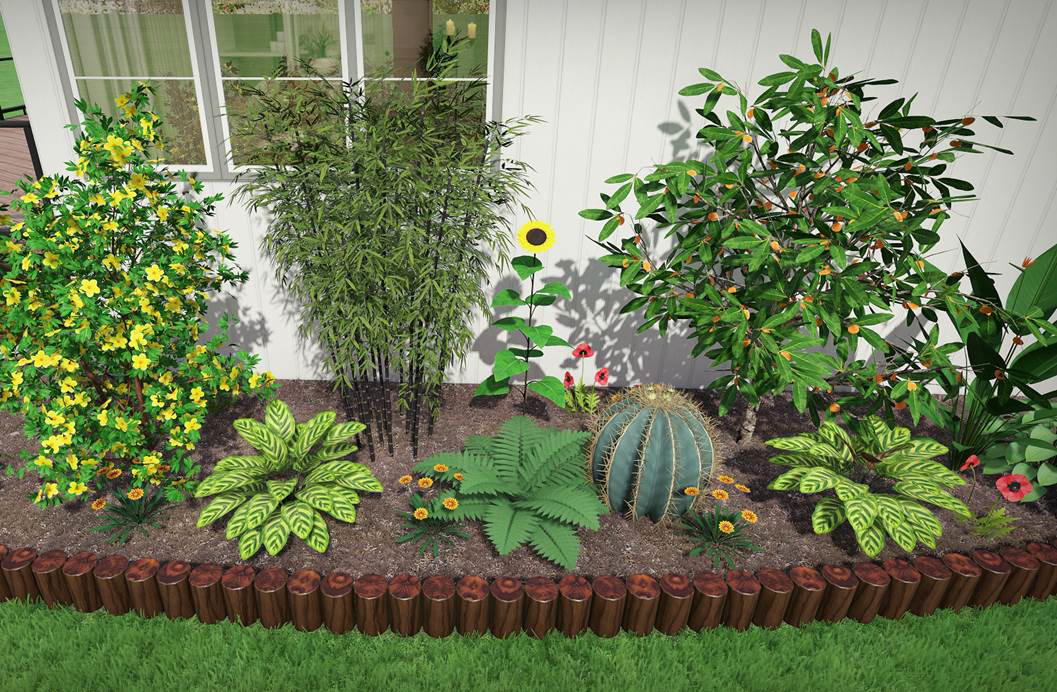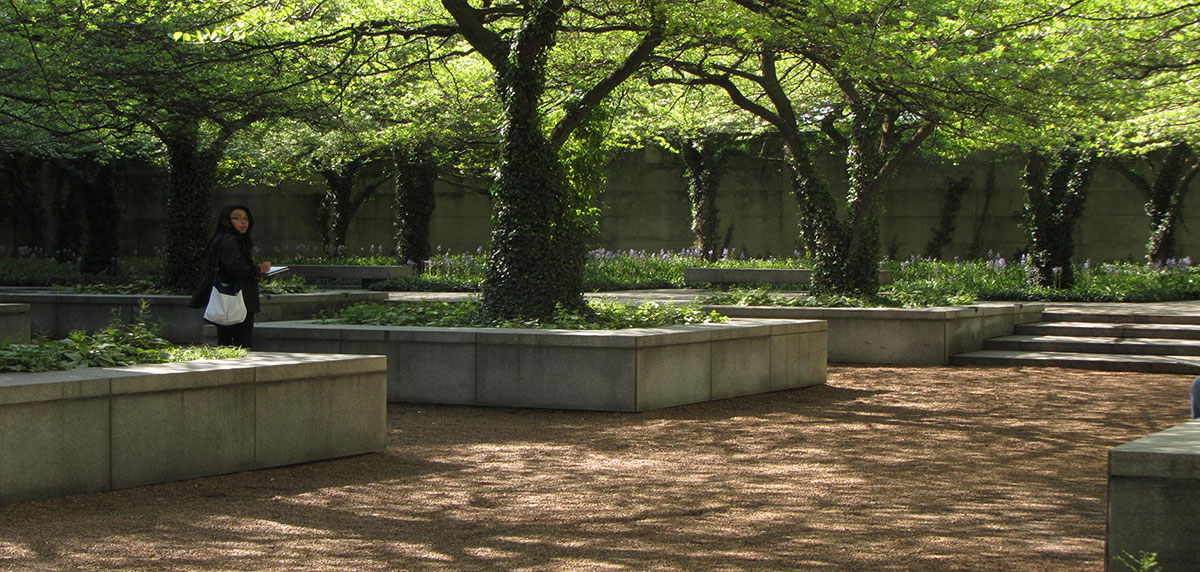The Greatest Guide To Landscapers
The Greatest Guide To Landscapers
Blog Article
10 Simple Techniques For Landscapers
Table of ContentsLandscapers Things To Know Before You Get ThisSee This Report on LandscapersMore About LandscapersLandscapers Can Be Fun For AnyoneNot known Details About Landscapers The Best Guide To Landscapers
- A yard attribute where water is stood for by an accumulated rock item, normally a crushed rock or granite. These are most frequently discovered in contemporary and Japanese garden design.- A stone or natural flagstone patio area, course, or pathway developed without a concrete base. The base would be compacted crushed rock and the joints would certainly be an aggregate or walkable ground cover. - A rock maintaining or totally free standing wall constructed without the use of mortar. - An underground framework that accumulate water and enables it to reduce percolate right into the soil around it.
Landscape layout that works with a websites' environment in both appearance and sustainability without adverse impacts to the setting. Edging in the landscape is a line of separation that creates visual rate of interest in the garden by dividing one segment from one more sector. This can be aesthetic or useful, keeping one aspect (such as pea crushed rock) from getting combined into one more (like bark dirt).
Areas can additionally have a sensation of "enclosure" offered by trees, various other growings, fencings, or displays. The landscape near the access to a structure.
Rumored Buzz on Landscapers

The element in a landscape layout or area in a landscape that is meant to be most noticeable. The prime focus can be a plant, boulder, sculpture, gathering room, or other landscape feature. A design of gardens or yard elements that emphasize straight lines, best angles and circles. Shrubs or bushes situated in beds near the foundation of a home or various other structure.

6 Simple Techniques For Landscapers
Reduced plants that are enabled or motivated to spread over a location. Can refer to any type of "tough" yard aspects including statuary or rocks however many generally is utilized to refer to paths, patio areas, and walls - Landscapers.: Elevation difference in between the level of water in a fish pond (or the level of the pump if it sits outside the fish pond) and the upper electrical outlet of water which affects performance of the water pump in gph (gallons per hour).
A chemical made use of to manage weeds. Fencing boards that run horizontally, frequently used in contemporary or Japanese-inspired landscape designs. Lines that specify areas within a landscape concept. These usually prolong from edges or crucial features of an existing framework. Proper use imaginary lines can assist the landscape feel linked to the home and various other aspects.
A more unwinded yard controlled by rounded instead of straight bed lines try this website and a much less stiff structure. Traditional PNW landscapes are informal. A plant that spreads out more than preferred, or right into environments where it does damage. Portland has a checklist of intrusive plants that ought to not be set up in landscapes due to the fact that they can spread to forests or rivers and be difficult to manage.
The Best Strategy To Use For Landscapers
Can include head placements and insurance coverage, pipeline sizing, GPM specs, and materials required to install this system. Licensed specialist that develops landscapes, schooled in design and design as well as in horticulture.
Landscape designers generally have much less schooling than Landscape Architects and are not accredited. A completed landscape layout, detailing all components for the new landscape.
Calcium product used to increase the pH in dirt, which will make it less friendly to moss (Landscapers). A water tight HDPE material made use of underneath fish ponds, streams and waterfalls in water features. Using lots see here now of growings of the same range to complete an area in the landscape. This can reduce upkeep and water usage in the garden.
A layer of garden compost or bark dirt used at the base of a plant. A plant that was existing in a geographical area prior to individuals began transforming the landscape.
The Basic Principles Of Landscapers
How the yard or a garden element is arranged in partnership to an existing or new feature or to an instructions. Lawns that are not mowed yet expanded in landscapes as perennials.

Little round crushed rock. Plants that offer seasonal passion and afterwards die back in the winter months. Annuals do not come back the complying with period, but perennials do. Winter season yard that is the most typical lawn yard in Portland, OR et cetera of the PNW.An open roofed framework over a patio area or other landscape feature.
The most typical landscape crushed rock in the PNW. Location of the landscape designed to deal with rain water until it can soak right into the ground.
Framework made of timber, concrete, leading rocks, bricks or other materials for stabilizing slopes and preventing too much disintegration. Slim gutter. Producing a garden feature being composed largely of rocks with plantings that complement and can thrive in the rough setting. Sprinkler head style that revolves a stream of water throughout an area.
The Greatest Guide To Landscapers

Report this page